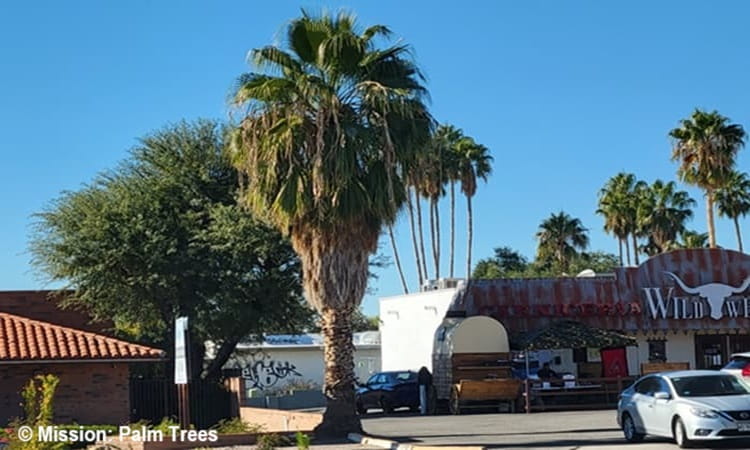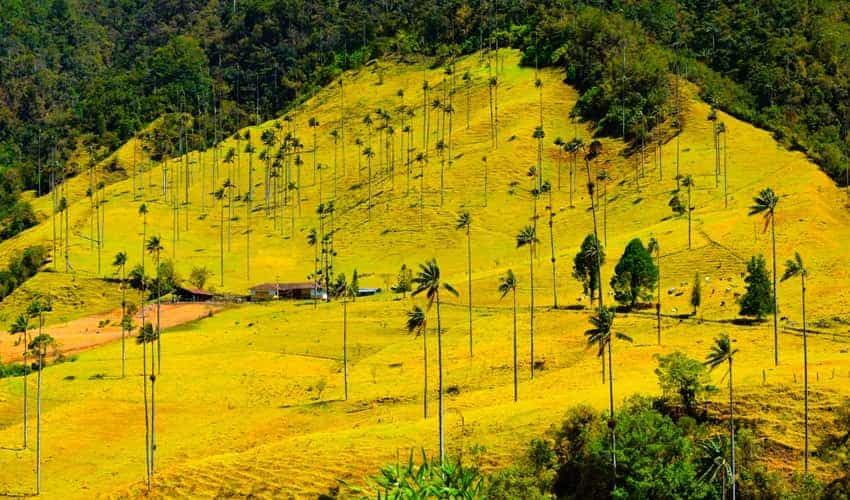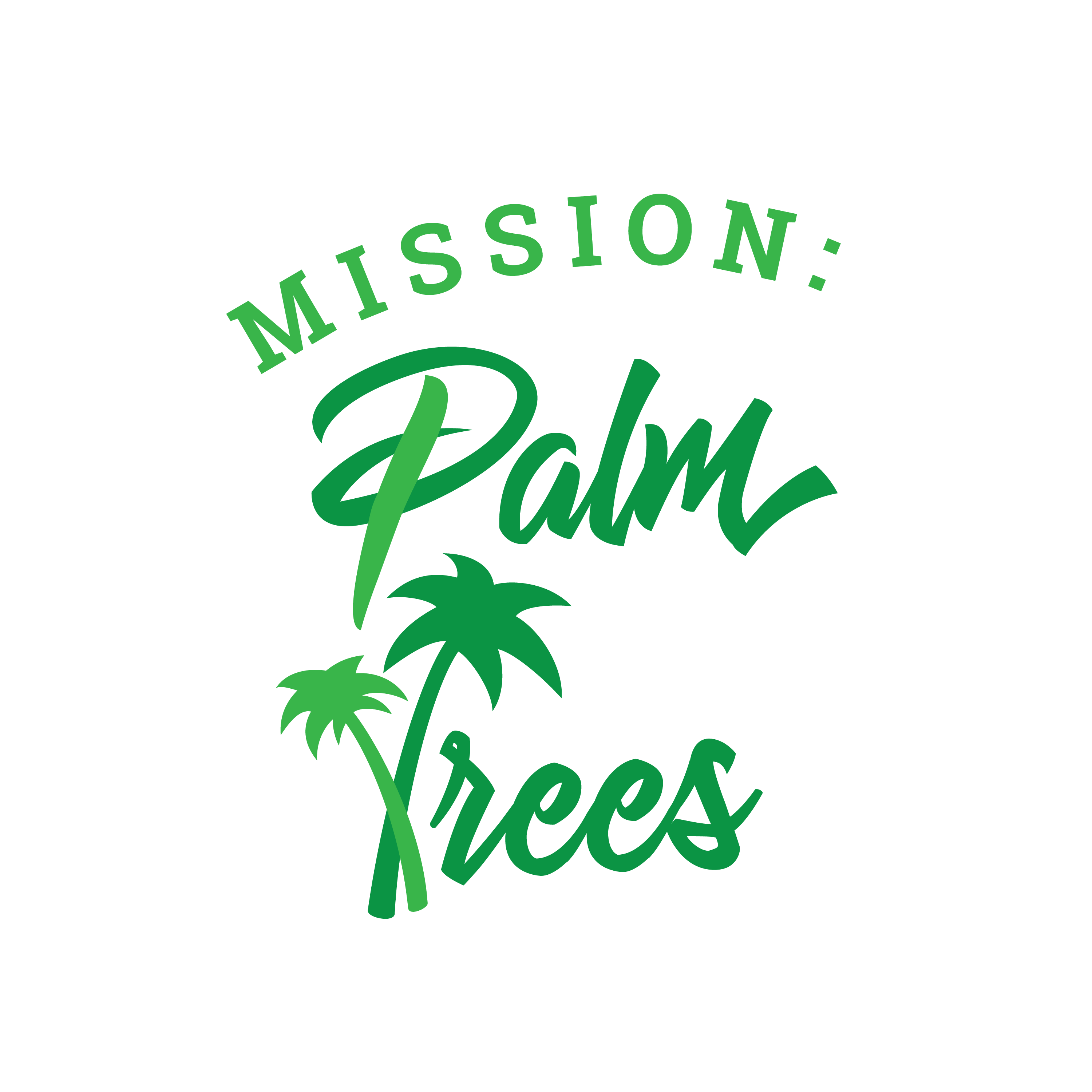- Home
- Where Palms Grow
Where Do Palm Trees Grow?
Your Authentic Guide
Where do palm trees grow? You were wondering?
WE'LL HELP YOU FIND OUT!
Introduction to Palm Tree Habitats
Palm trees are well-known symbols of the tropics. But exactly where do palm trees grow?
This guide takes you to diverse locations across the globe where these versatile plants succeed. Because each particular habitat gives specific palms what they need. Amazingly, that can be anywhere except for arctic climates.
Feeling overwhelmed by so many palm trees?
You're not alone. We Understand your headaches! At Mission: Palm Trees you'll find clear answers to questions & Step-By-Step Guidance, from real people. With solutions to help. No puzzling shoptalk. No tiring research. So it's easy & fun for you.
All The Places Where Palm Trees Grow
Which climates support palm trees?
Have you wondered if Palms Can Grow Anywhere? Palms grow many places, throughout the climates of the earth.
You'll see that some climates and habitats will be surprising. Palm trees range from:
- Very hardy and durable
- To sensitive in any conditions unlike their own native lands
Some want to know about Places Where Palms Can Grow.
- Or where do Palm Trees Grow In South America?
- And about Native Palms Growing in their original homes. Climates in which they're most suitable.
You don't live in a warm desert or a tropic-like zone? Find The Palms That Work for you! Even so, when palms are Grown From Seed, or transplanted, they do Need Specific Care. As they can't thrive without it.
Habitats to check out follow, in all kinds of climates where palm trees do grow!
Palm Trees in the Desert: Tucson Arizona
We live in the desert city of Tucson Arizona. Well-known for the giant saguaro cactus. Not so much for species of palm trees.
Prospering palm species do grow in this desert city, all around town. Despite arid conditions, resilient palm trees add that tropical touch to the desert landscape.
Of course there are other areas where palm tree species do grow! Besides the desert.
A common question we get is: Where Palms Can Grow in the U.S.? Or even in the entire diversity Of North America.
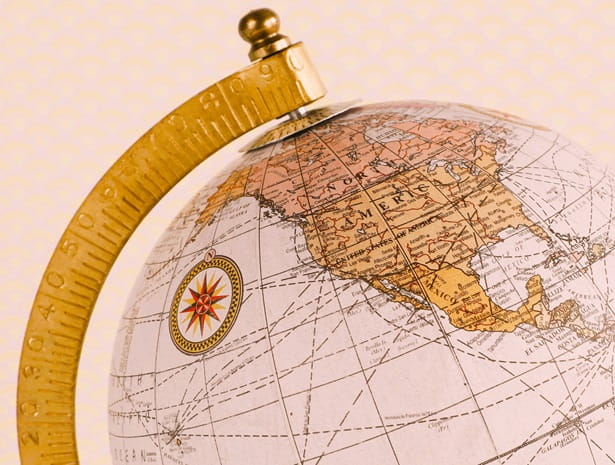 North America Featured on a Globe
North America Featured on a GlobePalm Tree Locations Across North America?
From Southern Canada, south through Mexico you can discover assorted palms. Let's focus on various areas.
Where Do Palm Trees Grow in the United States
Maybe more places than you've realized! From Southern California to Florida, palm trees are a common sight in many U.S. states. The United States has multiple USDA Zones. From fully tropical to quite cold.
We have some notable mention areas...
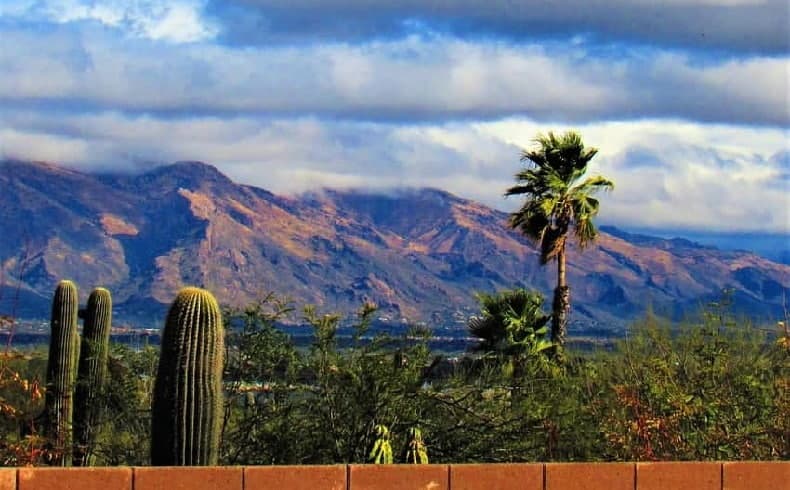 View Overlooking Tucson From Over the Wall in Our Backyard
View Overlooking Tucson From Over the Wall in Our BackyardWith Several Palm Trees, Getting Along Fine With Saguaro Cactus
Southern U.S. States Where Palm Trees Grow
In the United States, species of palms grow throughout the South. With that vibe giving you some Top Tropical Places to Travel. Most southern states are in subtropical regions per USDA zones.
Except, these are both in the fully tropical zone:
- Southern Florida (including the Florida Keys) is home to the Needle Palm (Rhapidophyllum hystrix), favored in USDA Zone 10a. Amazingly it's also cold-hardy!
- But many other Kinds of Palm Trees grow there.
- Hawaii features 24 species of the Loulu Palm (genus Pritchardia). The only one native to its islands.
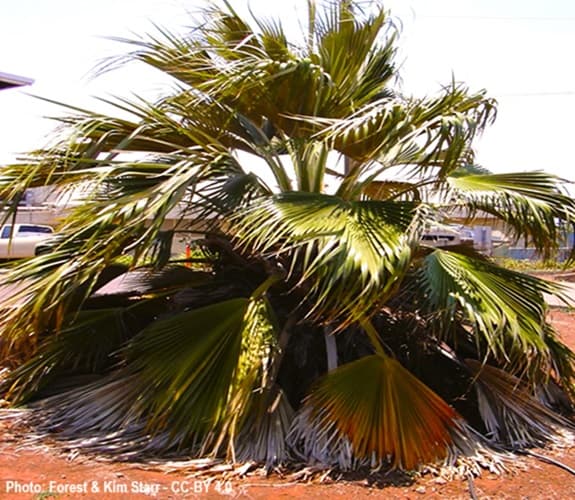 Pritchardia arecina Native to Maui Hawaii - Locally Called Wakiu
Pritchardia arecina Native to Maui Hawaii - Locally Called WakiuSouthern California has many types of tropical palms. Well-known for the iconic Washingtonia robusta, the Mexican Fan Palm. Those Tallest Palm Trees of Los Angeles.
California's only native palm is Washingtonia filifera, the California Fan Palm. Nicknamed for its fan-shaped fronds. A perfect choice for dryer climates.
- You'll find palms in southern U.S. states. Like South Carolina & Georgia.
- Also Alabama, Mississippi, Louisiana, & Texas
Cold Winter Temperatures Don't Mean No Palms
Palms are surprisingly found in many other U.S. states, which aren't typically connected to tropical plants.
Here's one growing in Florida, that can also be found in surprising locations...
Surprising U.S. Locations With Palms
Palm trees also grow in unexpected places like North Carolina, Arkansas, New Mexico and even Oklahoma. Thanks to cold-hardy varieties.
You'll discover many Palms in U.S. States>
CHECK OUT THESE FULLY DIFFERENT CLIMATE TYPES WITH PALMS
NEW ORLEANS TO SAN FRANCISCO!
 French Quarter Palms in New Orleans
French Quarter Palms in New Orleans Palms in San Francisco's Golden Gate Park
Palms in San Francisco's Golden Gate ParkNewest MPT Article
-
Backyard Palm Tree Ideas Make Your Space Feel Like a Tropical Escape
Bring a resort feel home. Explore inspiring backyard palm tree ideas with themes like clustering, layering, and lighting designs for any space.
Where do Palm Trees Grow in Canada?
In Canada, palm trees are mostly found in the Vancouver area of British Columbia.
The first time we traveled there, we were amazed to see palms growing! The mild coastal climate allows cold-hardy species like the Windmill Palm to thrive.
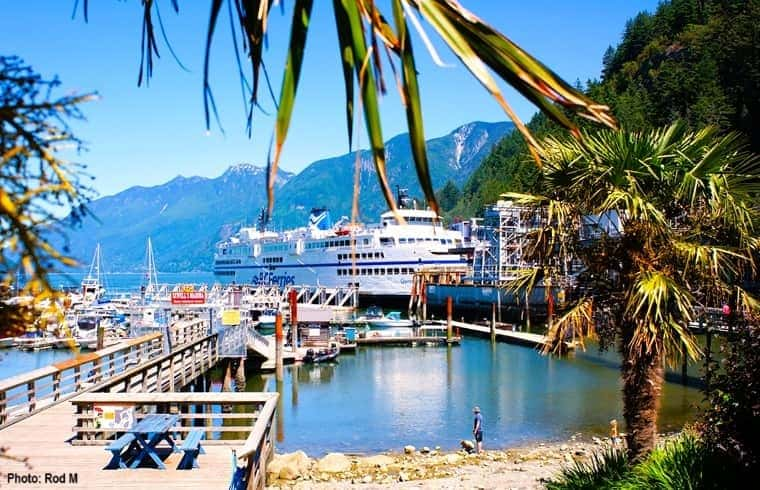 Is it Hawaii? No! It's Horseshoe Bay Harbor NW of Vancouver, British Columbia Canada!
Is it Hawaii? No! It's Horseshoe Bay Harbor NW of Vancouver, British Columbia Canada!Mexico & the Caribbean: Tropical Stomping Grounds
Mexican Palm Trees
Mexico is home to many palm varieties, from the deserts of Baja California to the tropical rainforests.
One, the Mexican Fan Palm is well known in this country. Native in Baja California & the state of Sonora.
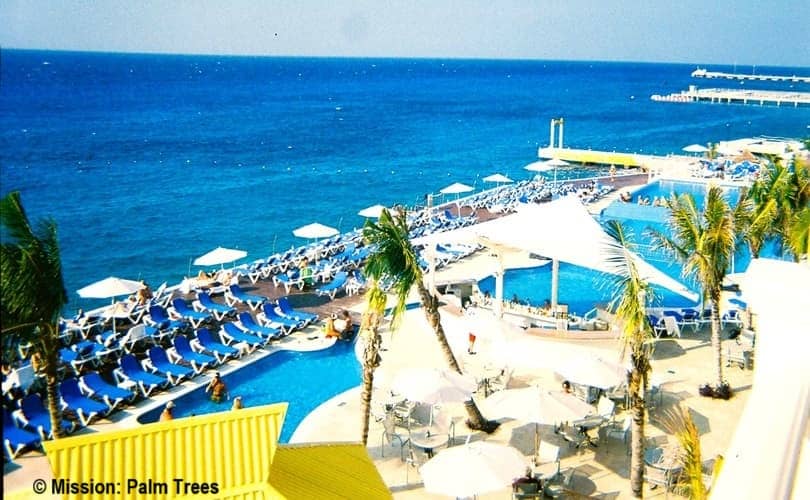 Palms Overlooking the Channel to Mainland Mexico from our hotel window in Cozumel.
Palms Overlooking the Channel to Mainland Mexico from our hotel window in Cozumel.Just Before We Were Evacuated With Hurricane Wilma on the Way!
Palms on Caribbean Islands
The Caribbean offers ideal conditions for numerous palm species. These islands are a paradise for palm enthusiasts!
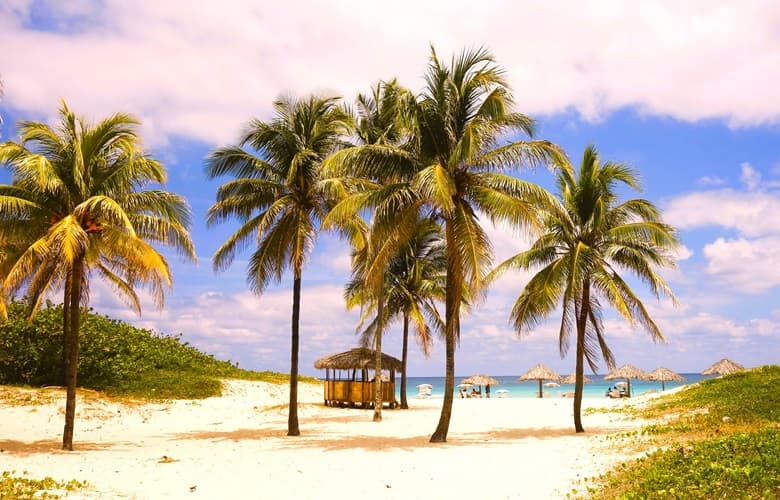 Palms Overlooking a Beach in Cuba
Palms Overlooking a Beach in CubaCentral & South America: Biodiversity Hotspots
Central American Palms
Central America's lush tropics host a wide range of palm species.
Contributing to the region's rich plant biodiversity. From the oceans to the mountain heights.
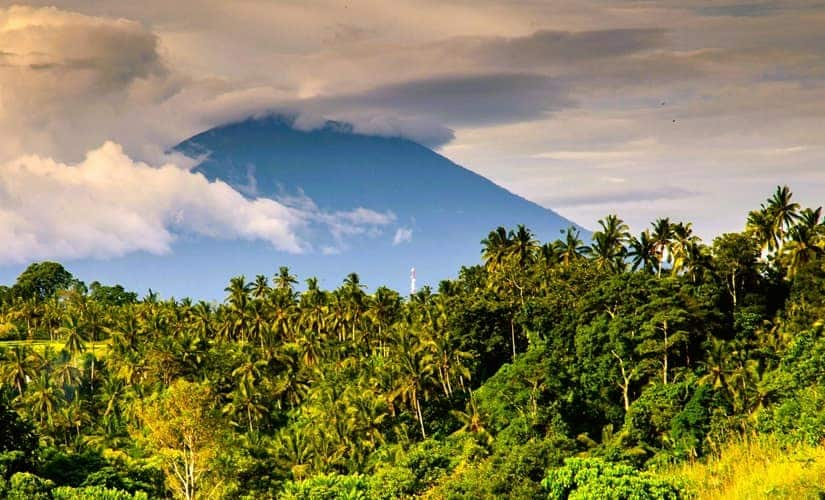 Tropical jungle of palms in Costa Rica, with the Arenal Volcano backdrop.
Tropical jungle of palms in Costa Rica, with the Arenal Volcano backdrop.South American Palms
Native palm species in South America grow from the Amazon Basin's tropical rainforests to coastal areas of Brazil.
 Hotel Beach With A View of Rio, Brazil
Hotel Beach With A View of Rio, BrazilWhen you think of the countries in this Southern Hemisphere continent, every one has many palm tree varieties. Particularly in coastal areas & where they're nearest the equator.
Colombia has An Extraordinary, Tall Palm Tree.
Palms in South America grow from the northernmost point & south. Down to about Las Grutas Argentina on the Atlantic Side. On the Pacific, down to Puerto Montt, Chile.
When you look to the southernmost climates of South America, you're getting into temperate zones. Where you may find a few, especially cold-hardy species.
More Palm Trees Around the World
 Palm Tree Groves Like These Don't Exist Just Anywhere!
Palm Tree Groves Like These Don't Exist Just Anywhere!Many Palms are Native throughout the earth. So many tropical plants grow in unexpected places. Some species of palm trees can tolerate cold weather for a little while.
The European Native Palm - Where & How Does It Grow?
Europe's only native palm, Chamaerops humilis the European Fan Palm, thrives in Mediterranean climates. Why it's also called the Mediterranean Fan Palm.
Its origins are Mediterranean islands & coastal areas. Because lowest temps there don't often get too low.
Many people in European countries successfully grow Cold-Hardy Palms.
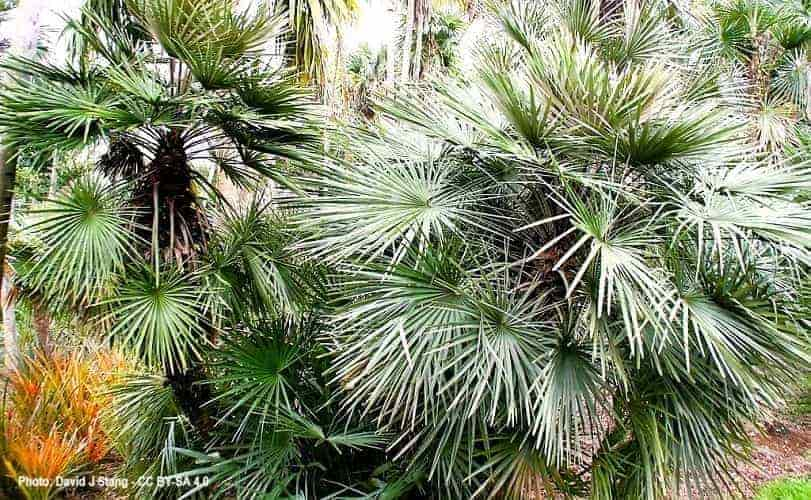 The Mediterranean Palm Tree, a Clustering Palm, Grows Throughout Regions of Europe.
The Mediterranean Palm Tree, a Clustering Palm, Grows Throughout Regions of Europe.Australia has Lots of Native & Imported Palm Trees Growing
Australia's "Down Under" climates are distinct. Supporting both native and imported palm species. Which do well in coastal and arid regions.
- Most are in tropical areas which receive more rain.
- Drought-resistant species grow in arid areas.
- Southern temperate regions can grow species of cold hardy palms.
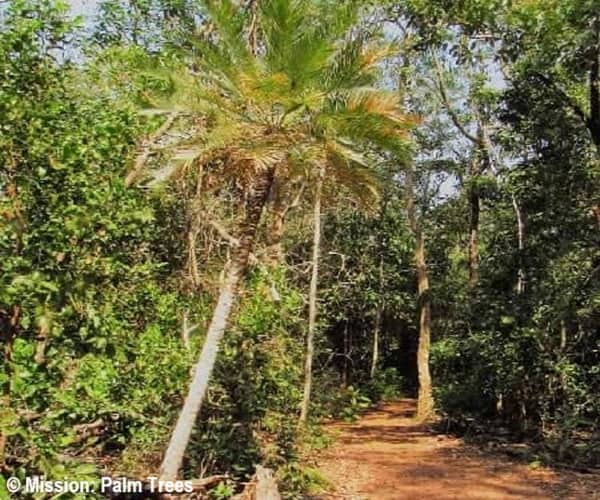 A Naturally Growing Palm Along Our Trail Trek
A Naturally Growing Palm Along Our Trail TrekIn Berry Springs Recreation Reserve, Northern Territory
Palm Trees Growing in the Middle East
In the Middle East, the Date Palm is respected for its Historical Significance. It's suitable for arid environments.
Other drought tolerant, full sun palm species of grow there. One unusual place for palms, is This Island in Dubai. Kinda wild! 😮
 Palm Oasis in Wadi, Socotra Island in Yemen
Palm Oasis in Wadi, Socotra Island in YemenPalms Growing in the Diverse, Large African Continent
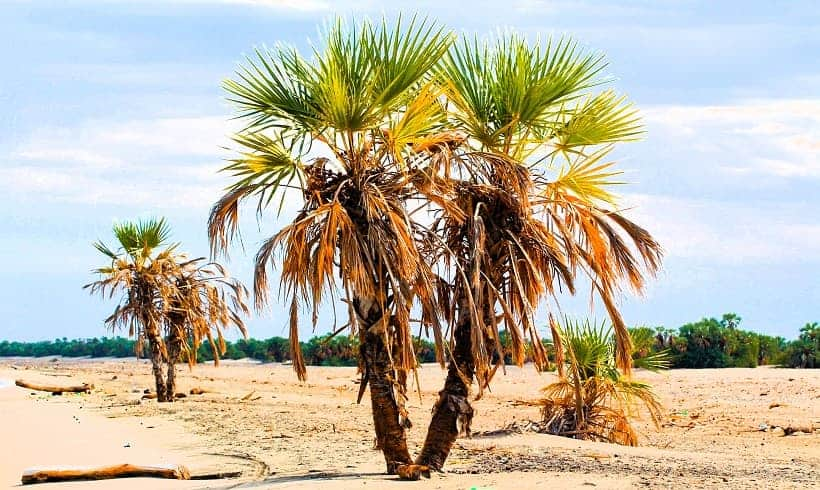 Palms Naturally Growing on Lake Turkana Shore in Kenya, Africa
Palms Naturally Growing on Lake Turkana Shore in Kenya, AfricaAfrica's differing climates, from deserts to tropical rainforests, support a wide range of palm species.
Like the African Oil Palm (Elaeis guineensis), important to Africa's economies.
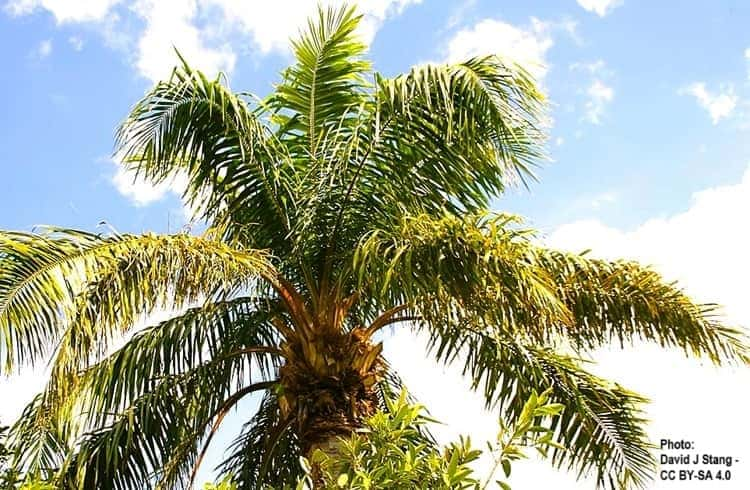 The African Oil Palm With Origins in Western & Central African Tropics
The African Oil Palm With Origins in Western & Central African TropicsThe Canary Islands are in the Atlantic Ocean, southwest of Morocco.
An original palm has long been growing there. The Canary Island Date Palm (Phoenix canariensis) is a beautiful palm tree. Very stately with its full crown.
Loving full sun, it's fairly drought tolerant. It does well in 8b Zone deserts.
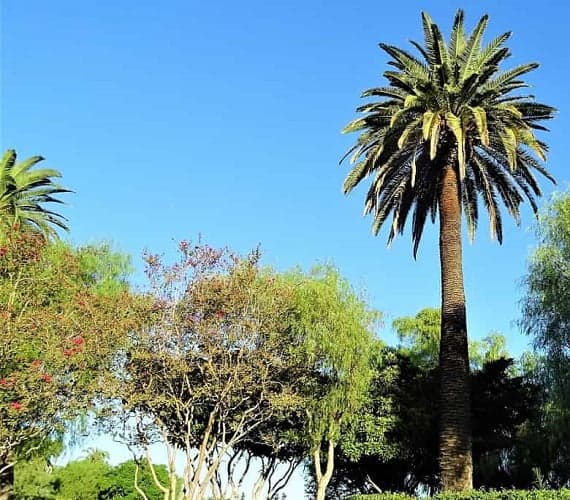 The Canary Island Date Palm
The Canary Island Date PalmNative to Those Islands, but Grows Many Places
Where Southeast Asia Has the Most Palm Trees Growing
Southeast Asia, including Indonesia, lays claim to about the highest concentrations of palm trees in the world. With a perfect climates for nearly all palms!
We've heard there's more Indonesian tropical palm species in Southeast Asia than anywhere else.
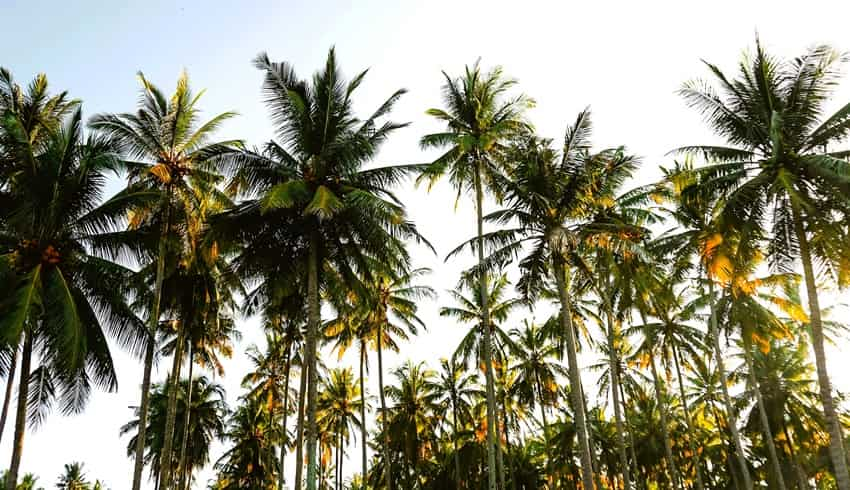 A Palm Forest, or Grove in Negara Bali Indonesia
A Palm Forest, or Grove in Negara Bali IndonesiaThe Fossil Record shows palms grew in Southeast Asia way back, 65-million years ago, in the late Cretaceous Era.
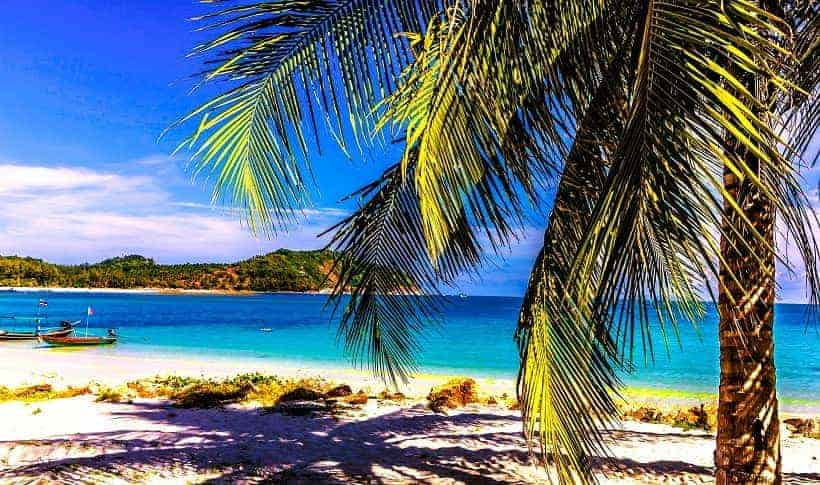 Palm on the tropical Beach Shore in Thailand.
Palm on the tropical Beach Shore in Thailand.Where do Palm Trees Grow in New Zealand?
New Zealand's native Nikau Palm (Rhopalostylis sapida) is known for its cold-hardiness.
It relishes the country's Mediterranean-like climate. They don't tolerate tropical heat at all.
Distinctive because is naturally growing the farthest south of all palm species. New Zealand has also imported other palms for successful growing.
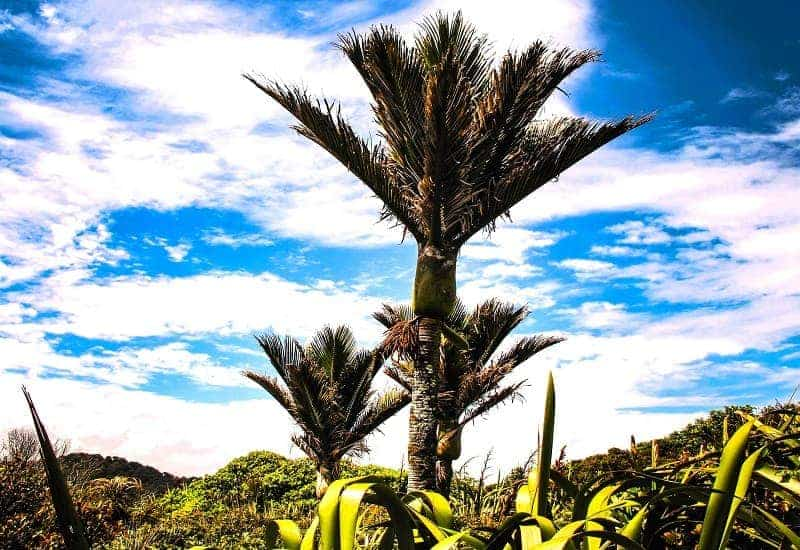 Meet the Nikau Palm, New Zealand's unique native palm.
Meet the Nikau Palm, New Zealand's unique native palm.Where do palms trees grow - The takeaways
Palm trees grow in a variety of climates across the world, from the tropics to temperate regions. They can be found in deserts, coastal areas, and even in colder climates with the right conditions.
Whether you're in the U.S., Canada, or around the globe, palm trees add that paradise aura wherever they're found.
